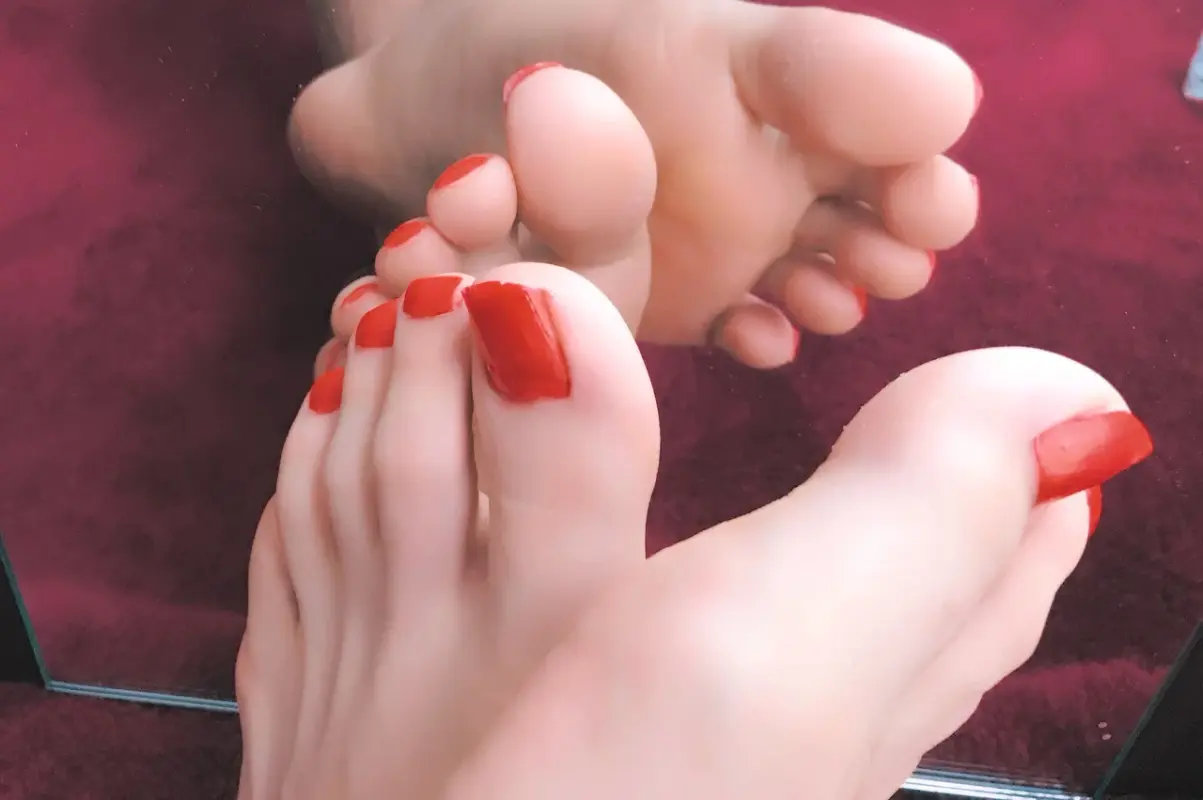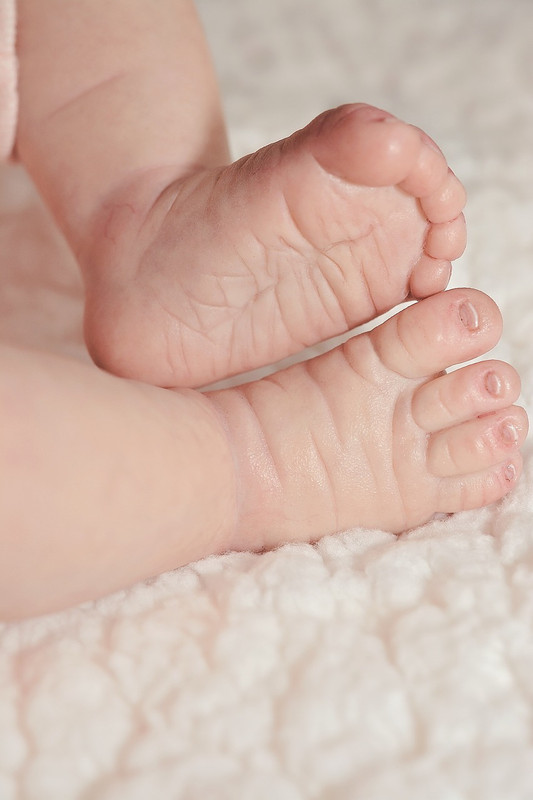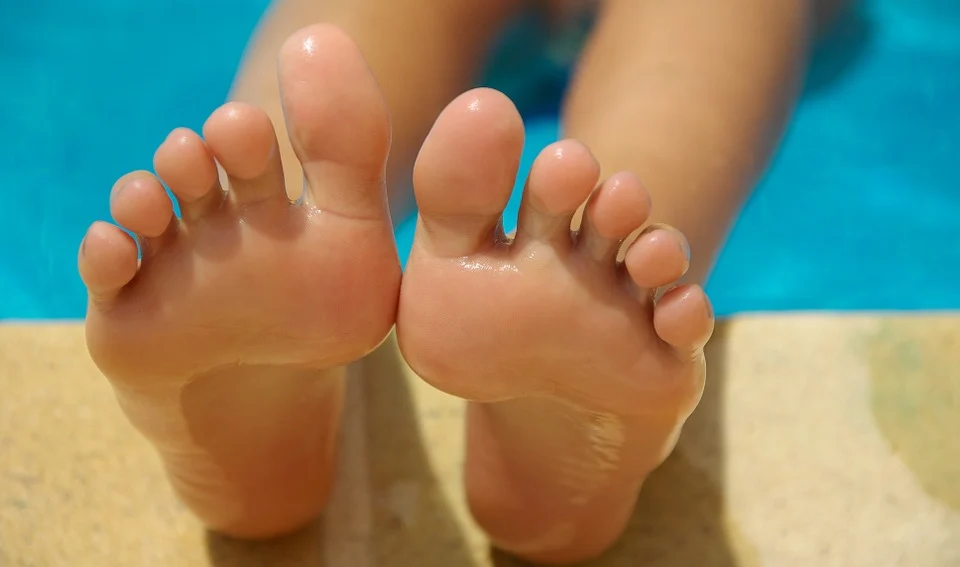The Ultimate Guide to Finding the Right Orthopedic Shoes for Men - The Seeker Newsmagazine Cornwall
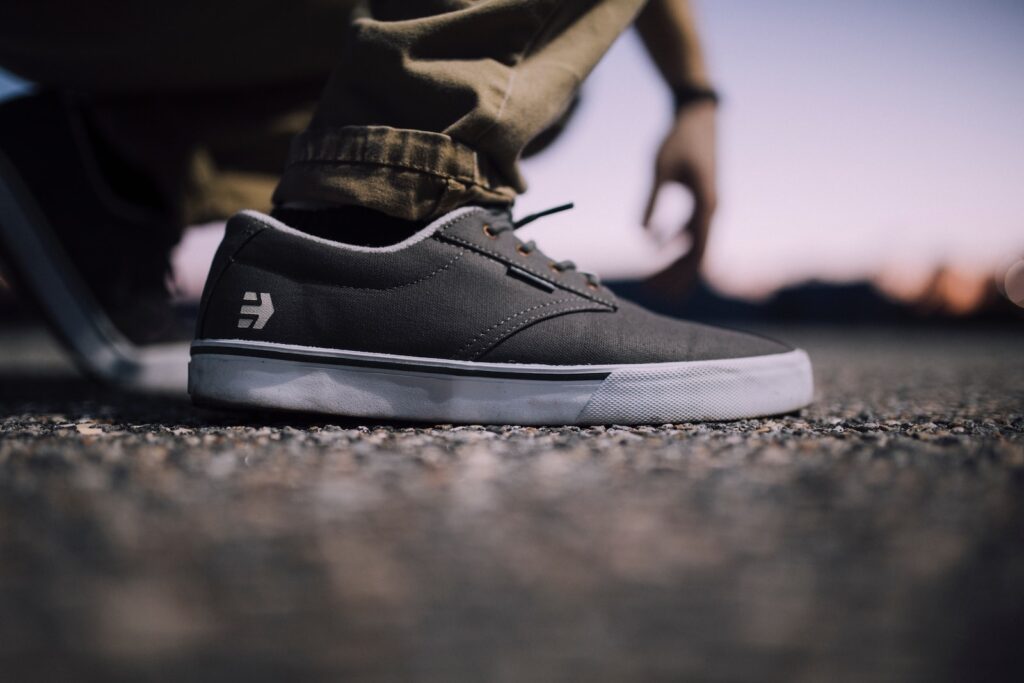
Are you tired of dealing with foot pain and discomfort whenever you wear a pair of shoes? Do you suffer from chronic foot conditions like plantar fasciitis, bunions, or flat feet? If you answered yes to any of these questions, then it might be time for you to consider investing in a pair of orthopedic […]
Posted by on 2024-01-16
Best Dress Shoes for Women: Update Your Look

In the world of business, the shoes you choose matter. From a pitch meeting to an evening gala, dress shoes for women offer more than just style - they echo confidence, sophistication, and
Posted by on 2023-12-17
Massage Pros Share Their Easy Moves for Your Best-Ever DIY Foot Rub + 6 Ways It Boosts Health Too
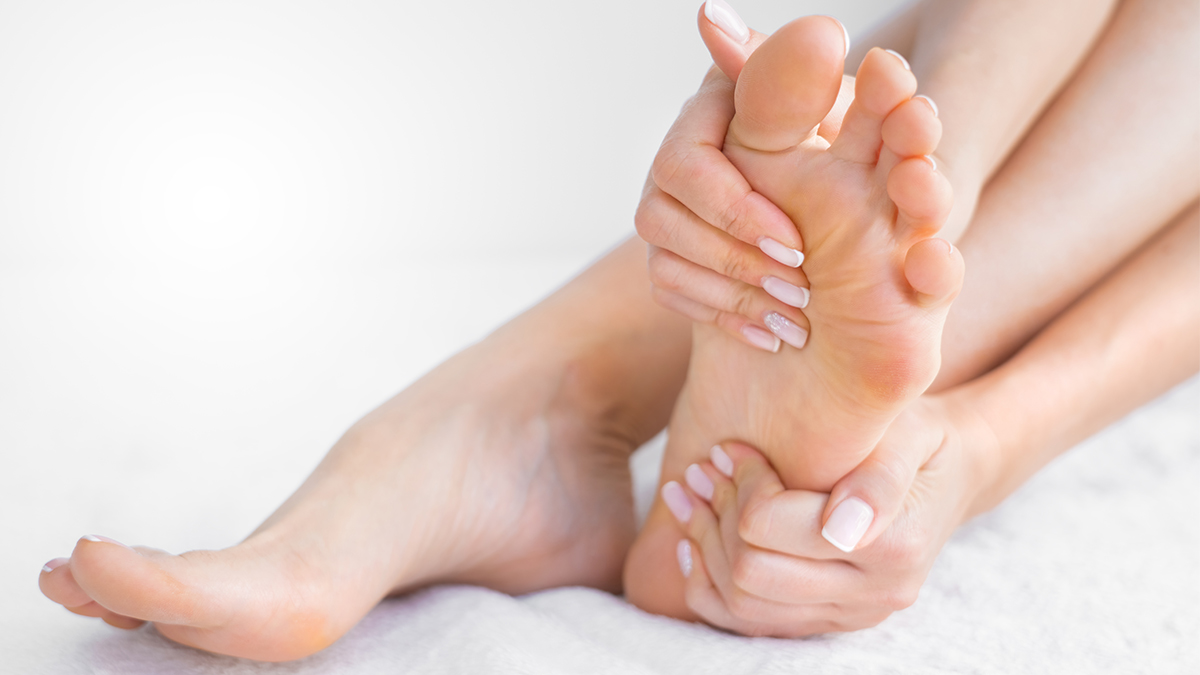
As if you needed another excuse to treat your feet to a massage!
Posted by on 2023-12-11
Top 5 Best Shoes for Foot Pain in 2024

Foot pain can be caused by a variety of factors, including injury, overuse, and medical conditions like plantar fasciitis or arthritis. Wearing the wrong
Posted by on 2024-01-15
